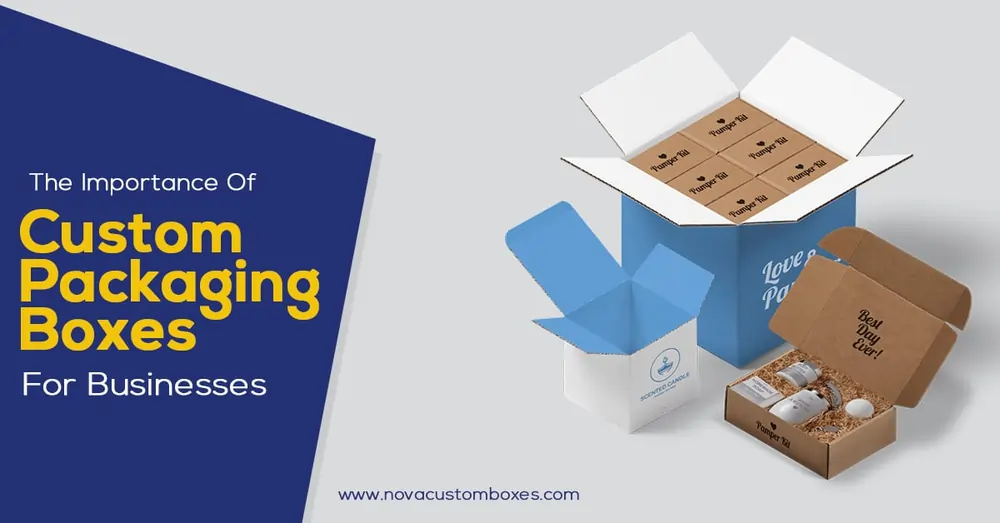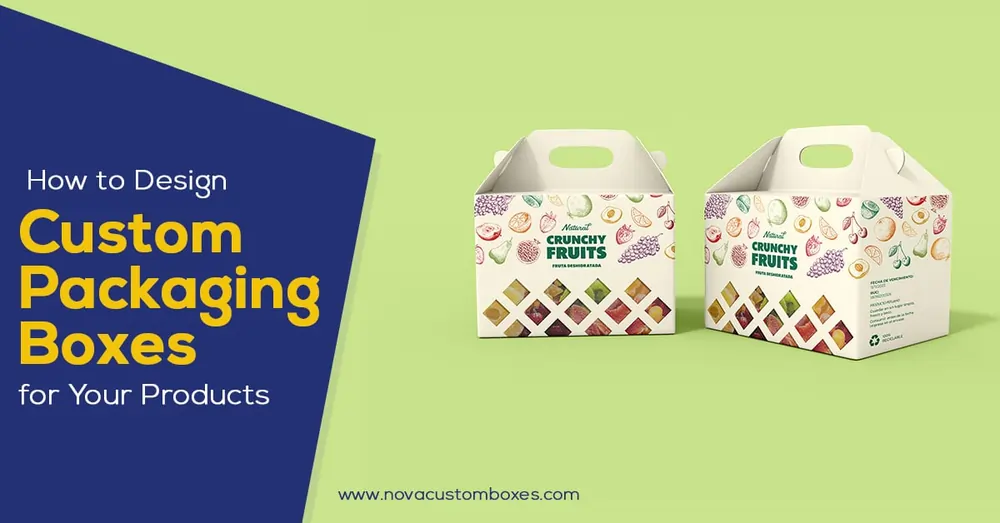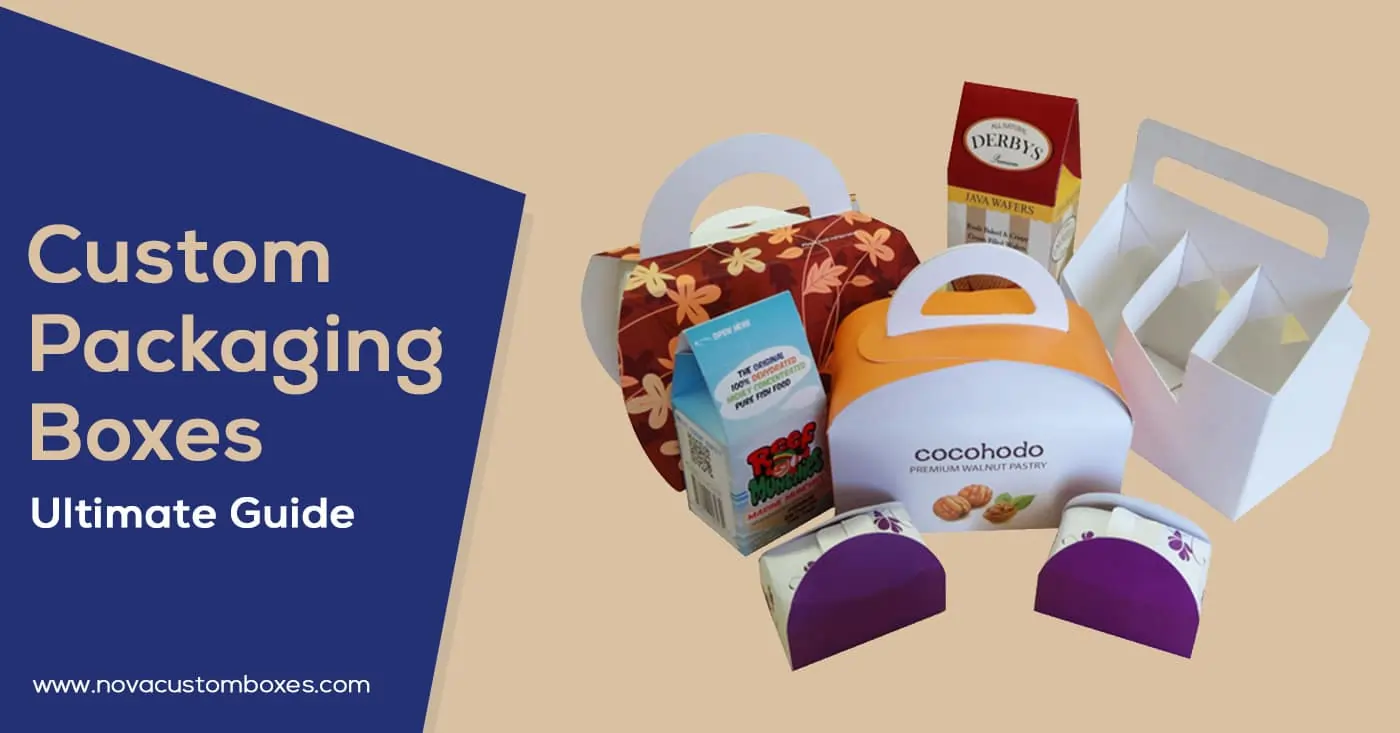Non-Food items such as electronic devices, cosmetics, and toys require packaging that meets specific criteria for acceptance from retailers and consumers. Custom boxes ensure that nonfood items are securely packaged and visually appealing to potential buyers.
This article will provide comprehensive information on: What are the packaging criteria for accepting non food items?
- What Are The Packaging Criteria For Accepting Non food Items?
- Protection
- Appropriate Sizing
- Material Durability
- Visual Appeal
- Labeling
- When Accepting a Food Delivery, You Should Check for the Following Except
- What Is Not Required When Accepting A Food Delivery?
- Frozen Meat with Ice Crystals on the Packaging Should Be
- When To Refuse To Accept Food In A Shipment
- When Receiving Raw Shell Eggs, You Must Reject The Delivery If…
- Frequently Asked Questions
- Conclusion
What Are The Packaging Criteria For Accepting Non food Items?
When it comes to shipping nonfood items like electronics, cosmetics, and toys, the packaging is essential in ensuring the safe and secure delivery of the products.
Not only does the packaging need to be durable enough to withstand the rigors of transportation, but it also needs to be visually appealing to attract potential buyers.
Here are some packaging criteria that nonfood items need to meet to be accepted by retailers and consumers:
Protection
The packaging should provide adequate protection for the nonfood item during transit. It should withstand any bumps, drops, or impacts during shipping.
Appropriate Sizing
The packaging should be appropriately sized to fit the nonfood item. If the packaging is too big or too small, it may not provide enough protection, or the nonfood item may move around inside the packaging, causing damage.
Material Durability
The packaging material should be durable enough to withstand the journey from the manufacturer to the retailer or customer. Factors like moisture, temperature changes, and rough handling can all affect the durability of the packaging.
Visual Appeal
The packaging should be visually appealing to attract potential buyers. Aesthetically pleasing packaging can help differentiate a product from its competitors and entice customers to purchase.
Labeling
The packaging should be labeled appropriately to ensure the nonfood item is handled correctly. Labels should include warnings, handling instructions, and special storage instructions if necessary.
Learn more about the retail display boxes here.
When Accepting a Food Delivery, You Should Check for the Following Except
When accepting a food delivery, there are certain things you should check for to ensure that the food is safe to consume. However, there are also things that you should not be checking for.
Here are some things you should check for and one thing you should not:
Temperature
The food should be delivered at the appropriate temperature. Hot food should be hot, and cold food should be cold. Food kept at unsafe temperatures can be a breeding ground for harmful bacteria.
Packaging
The food should be packaged appropriately to prevent contamination. The packaging should be clean, dry, and intact, and the food should be sealed to prevent any outside contaminants from getting in.
Check out our Cake boxes to understand the value of proper packaging.
Freshness
The food should be fresh and not expired. Expiration dates should be checked, and any food past its expiration date should not be consumed.
Correct Order
The food should be in the correct order that was placed. Double-check to ensure you received everything you ordered before accepting the delivery.
One thing you should not check for when accepting a food delivery is the nutritional content.
While it’s important to make healthy choices, checking the nutritional content isn’t necessary when accepting a food delivery. Rather, check for the items listed above to ensure that the food is safe to consume.
Learn more about The role of custom packaging in product marketing.
What Is Not Required When Accepting A Food Delivery?

When it comes to accepting a food delivery, a few things are not required. For example, you do not need to accept any food items that are visibly damaged, such as dented, punctured, or leaking packaging.
Additionally, you are not obligated to accept any food items that have expired or are past their use-by date.
It is also important to be aware that you have the right to refuse any food delivery that does not meet your expectations as a consumer. For instance, if you received food boxes that were not what you ordered or were of poor quality, you have the right to request a refund or a replacement.
Frozen Meat with Ice Crystals on the Packaging Should Be
About frozen meat, the presence of ice crystals on the packaging can be an indicator of whether it has been properly stored or if it has been thawed and refrozen.
While it is normal for some ice crystals to form on frozen meat due to moisture loss, excessive ice crystals may be a sign of freezer burn or a temperature fluctuation.
Freezer burn occurs when the surface of the meat is exposed to air, causing dehydration and oxidation. This can result in a dry, tough, and unappetizing texture. To avoid freezer burn, it is important to properly store frozen meat by wrapping it tightly in plastic wrap or using freezer bags that remove excess air.
If you receive frozen meat with excessive ice crystals or signs of freezer burn, it is recommended to inspect the meat for any unusual odors or discoloration. If the meat appears in good condition, you can safely consume it within the recommended timeframe.
However, if the meat appears spoiled or unsafe, it is best to discard it and request a refund or a replacement.
When To Refuse To Accept Food In A Shipment
As a retailer or consumer, knowing the different criteria for accepting non-food items is crucial.
However, there are also specific guidelines that you need to consider when receiving food shipments. One is knowing when to refuse to accept food in a shipment.
There are several reasons why you should reject food deliveries, including:
- Temperature Abuse – Perishable items require specific temperature controls during transport to ensure safety and quality. If you receive food not at the right temperature, it may have been exposed to temperature abuse, which can lead to spoilage and bacterial growth. It can also cause foodborne illnesses that can harm consumers.
- Physical Damage – You must reject any shipment of food that shows signs of physical damage caused by mishandling, such as denting, puncturing, or crushing. These damages can compromise the safety and quality of the food.
- Signs of Contamination – When you receive food shipments, you must inspect them for contamination, such as mold growth, insect infestation, or unusual odors. If you notice any of these signs, it is best to reject the shipment.
When Receiving Raw Shell Eggs, You Must Reject The Delivery If…
Raw shell eggs are a product requiring specific criteria for accepting food shipments. If not handled correctly, eggs can harbor harmful bacteria such as Salmonella, which can cause food poisoning. To prevent this, knowing when to refuse to accept raw shell egg deliveries is essential.
Here are some instances when you should reject raw shell egg deliveries:
Dirty Or Cracked Shells
Eggs with dirty, cracked shells are more prone to bacterial contamination, which can pose a risk to human health. Therefore, you should reject any deliveries with dirty or cracked eggs.
Temperature Abuse
Like any other perishable item, raw shell eggs must be kept at the right temperature during transport, typically around 45°F.
If you receive eggs that are not at the right temperature, they might have been exposed to temperature abuse. Therefore, it is best to reject such deliveries.
Expired Eggs
You should always check the expiration date of the eggs before accepting the delivery. If the eggs have expired or are close to expiration, you must reject them.
Accepting food shipments requires adherence to specific guidelines and criteria. Always check for temperature abuse, physical damage, signs of contamination, dirty or cracked shells, and expired products before accepting any food deliveries.
These practices can ensure the safety and quality of food products for both retailers and consumers.
Frequently Asked Questions
What are the criteria in choosing the right packaging?
Criteria in choosing the right packaging include the size and shape of the item, its weight, fragility, and the transportation method. Additionally, the target audience, branding, and environmental impact should be considered.
What are the requirements for packaging materials?
Packaging materials should be durable, secure, and protective of the product. The chosen material should also comply with environmental regulations, be cost-effective, and meet retailer and consumer expectations.
Which of the given reasons is not a valid reason for packaging of food items?
The aesthetic appearance of the packaging is not a valid reason for packaging food items. The primary purpose of packaging food items is to ensure product safety, extend shelf-life, and prevent contamination.
What are the factors affecting packaging?
Factors affecting packaging include the product’s characteristics, such as shape, size, and weight, as well as the target market, sustainability, and regulatory requirements. The packaging process is also influenced by technological advancements, market trends, and consumer behavior.
Conclusion
Packaging criteria for accepting nonfood items require careful consideration of product dimensions, eco-friendliness, and visual appeal.
Custom boxes that secure the products, eco-friendly packaging that conserves the environment, and retail display boxes that increase sales are essential components that retailers and consumers must consider.
Now, you know what are the packaging criteria for accepting nonfood items by adhering to these packaging criteria, nonfood item manufacturers can ensure their products are accepted and appealing to potential buyers.









